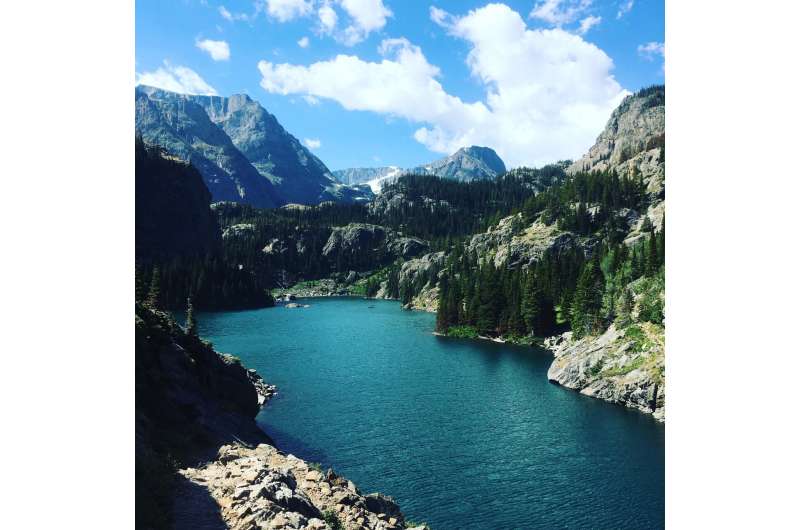Fecal contamination in popular Montana backcountry area primarily attributable to wildlife or pack animals

Is increased human visitation to backcountry areas impacting water quality? Investigators analyzed water samples from a suite of backcountry lake outlets in the Absaroka-Beartooth Wilderness Area of Montana for fecal contamination. Combining a traditional fecal bacterial assay and polymerase chain reaction (PCR), researchers found fecal contamination, but in most cases the source does not appear to derive from human feces. The new method and results are reported in Wilderness & Environmental Medicine, published by Elsevier.
With over 1,100 km of trails, the Absaroka-Beartooth Wilderness Area in South Central Montana receives high recreational use, including backpacking and travel by horseback. Visits are concentrated around lakes and at water sources near popular summits. "Although the region is remote, increasing human visitation to the Absaroka-Beartooth Wilderness Area has the potential to negatively affect water quality, with particular concern about human-derived fecal contamination," explained lead author Daniel P. Pendergraph, MS, W.A. Franke College of Forestry and Conservation, University of Montana, Missoula, MT, U.S..
The investigators took water samples from 21 remote alpine lake outlets and two snowmelt streams in the area. The samples were tested with standard and widely used fecal bacterial assays that quantified total coliform bacteria and Escherichia coli (E coli) concentrations. They were also tested with more specific droplet digital PCR assays to amplify and quantify specific genes known to occur in human feces.
Total coliforms were present in all of the lake outlets sampled, and E coli were found at 52% of the sites. The highest levels of E coli occurred in lake outlets that are popular recreational water sources and accessible to stock animals and human foot traffic.
Human-associated Bacteroides were found in low abundances in all sites tested. They were present, but not quantifiable, in 52% (7 of 15 sites) of the sites examined. Only one of the sites had quantifiable, but relatively low, human-associated Bacteroides. There were no apparent relationships between landscape type (e.g., open forest, meadow, alpine tundra), elevation, or distance to the trailhead.
"Our research suggests that the major sources of total coliform and E coli in the Absaroka-Beartooth Wilderness Area could derive from wild animals (deer, rodents, etc.) in addition to livestock, pack animals, or pets brought in by human visitors," said Mr. Pendergraph.
"These results highlight the utility of combining more traditional assays with emerging microbial source tracking with DNA and PCR based methods," observed lead investigator Matthew J. Church, Ph.D., Flathead Lake Biological Station, Division of Biological Sciences, University of Montana, Polson, MT, U.S.. "We suspect there will be an increasing number of studies that will benefit from this approach."
The investigators stress that the widespread detection of total coliforms, Bacteroides, and E coli in the study highlights the importance of purifying water sources in wilderness areas before consumption.
More information: Daniel P. Pendergraph et al, Differentiating Sources of Fecal Contamination to Wilderness Waters Using Droplet Digital PCR and Fecal Indicator Bacteria Methods, Wilderness & Environmental Medicine (2021). DOI: 10.1016/j.wem.2021.04.007
Provided by Elsevier





















